Namibia: the Roadtrip Survival Guide
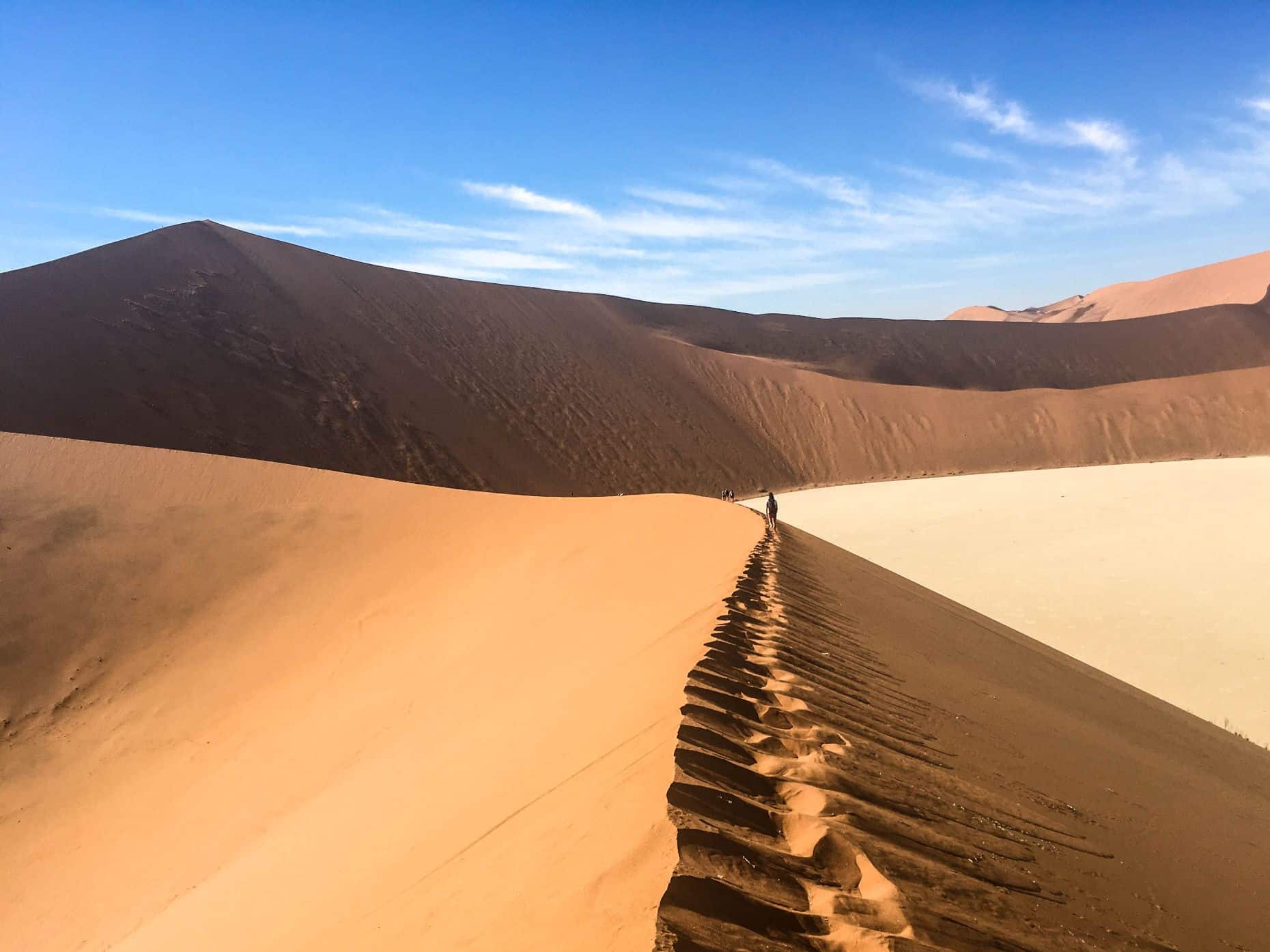
In this Namibia Roadtrip Survival Guide, I share with you my experience of self-driving Namibia with a rented 4×4 car and rooftop tent. Within the articles, you will find information about the most breathtaking sights to visit, an analysis of the costs and budget, practical tips on how to organize your trip and what to pack.
Dust, Deserts, and Pulsing Stars.
The magic of loneliness has never been so charming.
Namibia, being the least densely populated country in the world of today, is a place where nature still reigns supreme. Glowing red dunes, majestic safari landscapes, and deserts of every color are only a few of the beauties silently hidden in this quiet country of the black continent.
Indeed, Namibia is also home of over 240 species of mammals: elephants, black and white rhinos, lions, zebras, giraffes, wildboards, springboks, monkeys, gnus… the list is endless! At last, as light pollution is almost non-existant, nightskies are as emotional and primordial as they get.
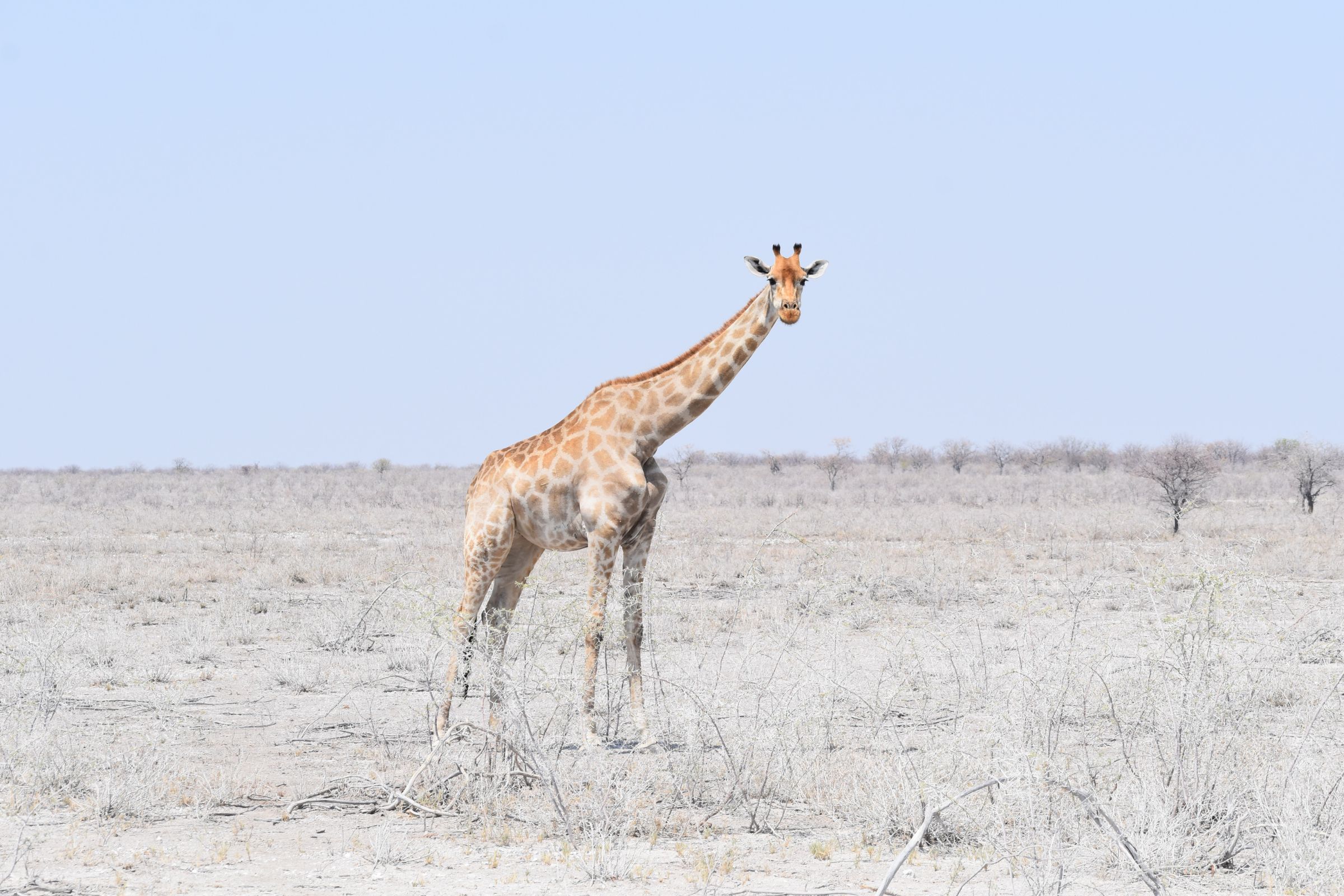
Is Namibia for you?
Namibia is the ideal destination for all nature lovers and a trip through its dunes and safari is a life-time soul-watering experience like few others in the world.
Said this, the country is not the easiest to visit: the harsh landscape and inhospitable climate don’t allow for improvisation: to visit Namibia you need a plan, and it has to be a good plan. Despite being an African Country, prices are not the cheapest and with accommodation the travel costs can add up pretty quickly too.
If you got some time to plan ahead, you’re not intimidated by the sweltering Namibian Climate and you’re looking for an experience entirely away from the crowds, look no further: Namibia is the place for you!
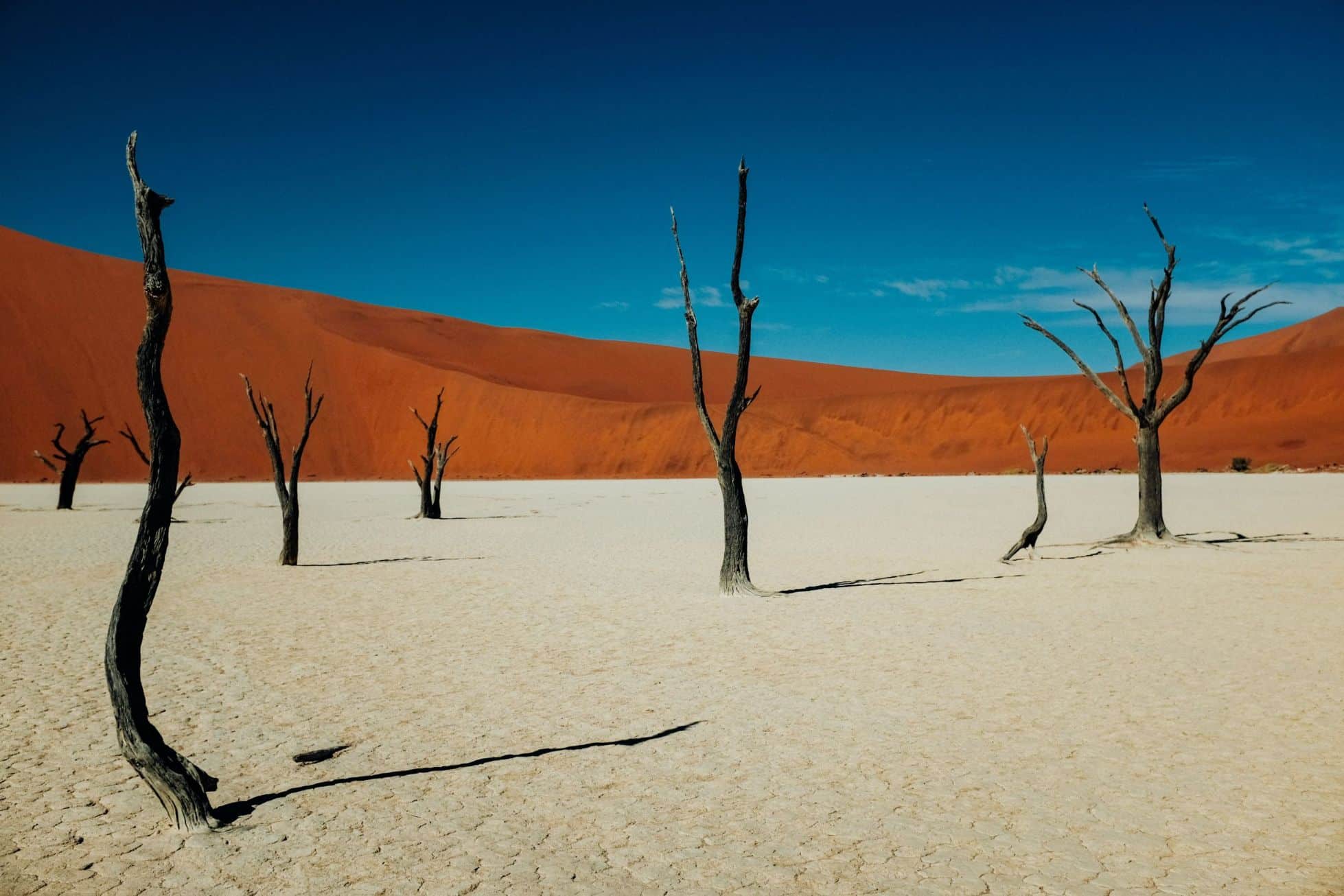
QUICK FACTS ABOUT Namibia
Capital City: Windhoek
Population: 2.45 Millions
Currency: The official currency in Namibia is the Namibian Dollar (NAD). Everywhere you can also pay with the South African Rand (ZAR) which exchanges 1:1 with the NAD. Always have cash on you!
Language Spoken: The Official Language of Namibia is English, although you might also find German-speaking minorities, mainly on the western coast.
Plugs: The standard plug used in Namibia are type D and M. The sockets operate on a 230V supply voltage and 50Hz.
Safety: By employing common sense, Namibia can be regarded as quite safe. Most crimes are non-violent (pick-pocketing, bag-snatching, etc.); so it’s always good to be aware of your surroundings (especially in cities) and don’t flash valuables around.
Credit Cards & ATMs: ATMs are available in major cities and some gas stations, although not all might work with your cards. As a rule of thumb, exchange cash on arrival at the airport and withdraw whenever possible.
Internet: Internet coverage outside of the largest urban centers is almost non-existent and the same goes for the phone. Getting a local SIM Card is a good idea to have at least 2G/3G on the main roads, although having a physical map remains a must.

Namibia Travel Guide
Content Summary
2) Namibia: Travelling on a 4×4 Camping Car
3) Namibia: The Best 5 Places you Need to Visit
“In Europe you have the clock,
in Africa we have time”
Namibian Saying
Discover Namibia: Travel Guides
Namibia: 6 Truly Life-Saving Tips
Wilderness is the haunting beauty but also the hidden danger of Namibia. Crossing deserts with no...
Namibia: The Best 5 Places you Need to Visit
Many travellers define Namibia as an unique pearl on Earth. Indeed, the haunting beauty this...
Namibia: Why a Roadtrip?
Let's Namibia! Discovering the vast and uncontaminated sceneries this precious land has to offer...
Namibia: How to Self-Drive?
Dust, Deserts and Pulsing Stars. The magic of loneliness has never been so charming. Namibia, the...
Namibia: Travelling on a 4×4 Camping-Car
Being it your first time or no, travellng with a camping car it's always a new experience. In this...
Namibia Roadtrip: The Budget
Let's get down to business: Money! Reached this point we find the essential questions: Namibia,...
Namibia: What to Pack?
Think hot but also chilly! Enjoying a subtropical desert climate, Namibia enjoys low...

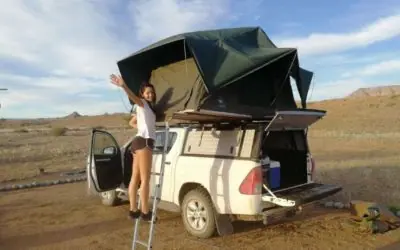
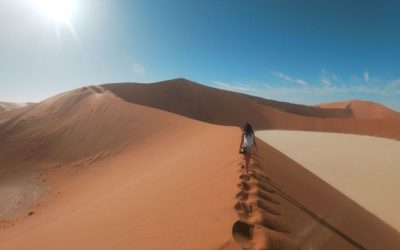
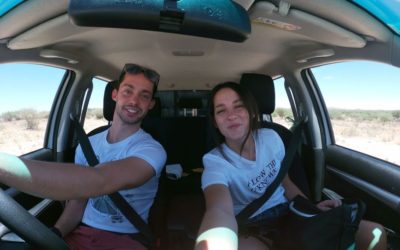
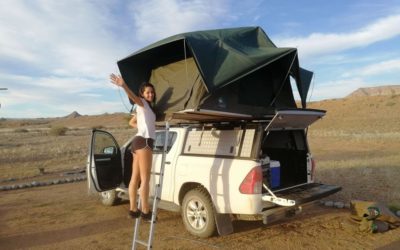
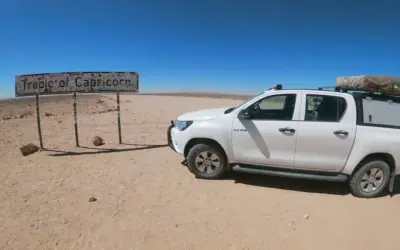
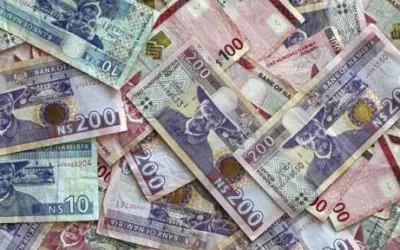
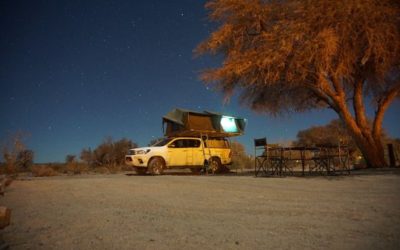
0 Comments